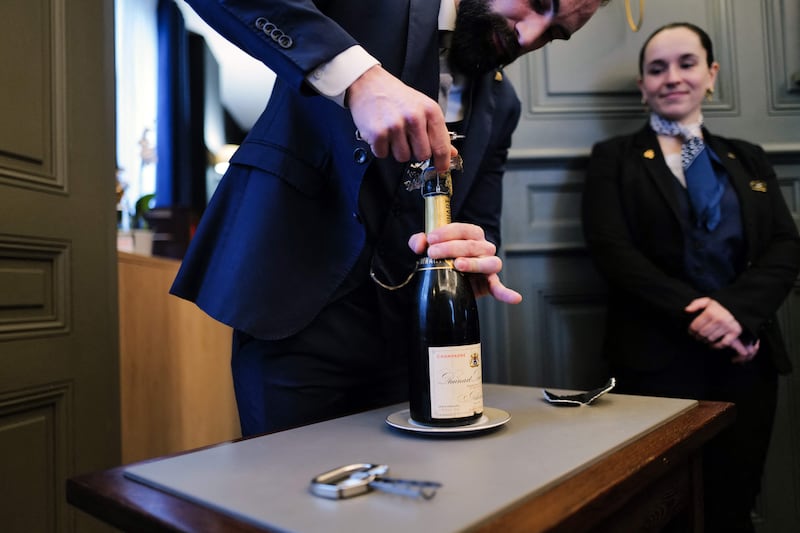There are hundreds of different wine-producing regions scattered around the world, each making wines that taste very (or slightly) different to each other. This week, we have a brief introduction to some of the regions of France, one of the largest wine producers in the world. There are many more than these, but I hope it will give you a good start.
Bordeaux
The best-known name in wine, Bordeaux is in the southwest of France. It is famous for the great Châteaux, such as Château Latour and Lafite, but also produces large quantities of decent everyday red, white, rosé and sweet wines often made by very humble farmers. The red grapes include cabernet sauvignon, merlot and cabernet franc; the main white varieties, for both dry and sweet wine, are sauvignon blanc, sémillon and muscadelle. Bordeaux has a relatively cool climate, so the wines tend to be medium-bodied with elegant fruits.
Burgundy
The other great name in French wine. Much smaller than Bordeaux, Burgundy produces some of the world’s great white wines, made from the chardonnay grape, and some equally good silky red wines from the pinot noir grape. The best names, such as Meursault and Gevrey-Chambertin, tend to be very expensive. Lesser names, including Mâcon and Bourgogne rouge, are more affordable. The neighbouring region of Beaujolais produces light, fruit-filled wines from the gamay grape.
Loire
The river Loire is the longest in France, and the many regions that line its banks make every possible style of wine, including sparkling, white, rosé, red and sweet. As the climate is generally relatively cool, the wines tend to be light and refreshing. Well-known names include muscadet, sancerre and chinon, made from melon de Bourgogne, sauvignon blanc and cabernet Franc respectively.
Rhône valley
Wines from the southern part of the Rhône are typically medium- to full-bodied, smooth, warming reds made from a blend of grape varieties. The red wines of the northern Rhône, made from syrah (or shiraz), tend to be more elegant. Both north and south produce excellent white wines too. Both regions can offer good value for money.
Champagne
Home to most of the world’s great sparkling wines, champagne is made from chardonnay, pinot noir or pinot meunier, or a blend of these varieties. Most champagne is non-vintage (or NV) and is a blend of several vintages. Most producers will also offer a range of wines that can include vintage (produced every three to four years) blanc de blancs (from chardonnay grapes), rosé, brut nature (completely dry) and a luxury cuvée (such as Roederer Cristal, Bollinger RD). Champagne has some of the most heavily branded wines, such as Möet & Chandon, Veuve Clicquot, Taittinger and Lanson. Some supermarkets have own-label champagnes which can offer great value (such as Monsigny in Aldi). Look out too for grower champagnes made exclusively from the producer’s own grapes.

Alsace
Alsace wines are almost exclusively white, although the region does also produce some potentially good light red wine from pinot noir. The white grape varieties include riesling, gewürztraminer, pinot blanc and pinot gris. The wines tend to be unoaked with fresh fruits and a good backbone of acidity. They are great with food and frequently offer good value for money.
Languedoc
One of the largest wine regions in the world, Languedoc-Roussillon covers a vast swathe of land along the French Mediterranean coast. Here, every kind of wine is produced, usually in quantity, so prices can be very keen. As well as the all-encompassing IGP d’Oc, names such as Languedoc, Coteaux du Languedoc, Corbières, Minervois and many others can offer great value for money.
Provence
Famous for its sun-kissed beaches, fields of lavender and vines, Provence has been a tourist destination for over a century. It seems only natural that it produces light, refreshing rosé wines to serve chilled in the sun. The region does also produce some excellent reds (Bandol, as an example), but these days Provence rosé is fashionable all year round.
[ The best of New Zealand: four wines with zesty and earthy flavours to savourOpens in new window ]






